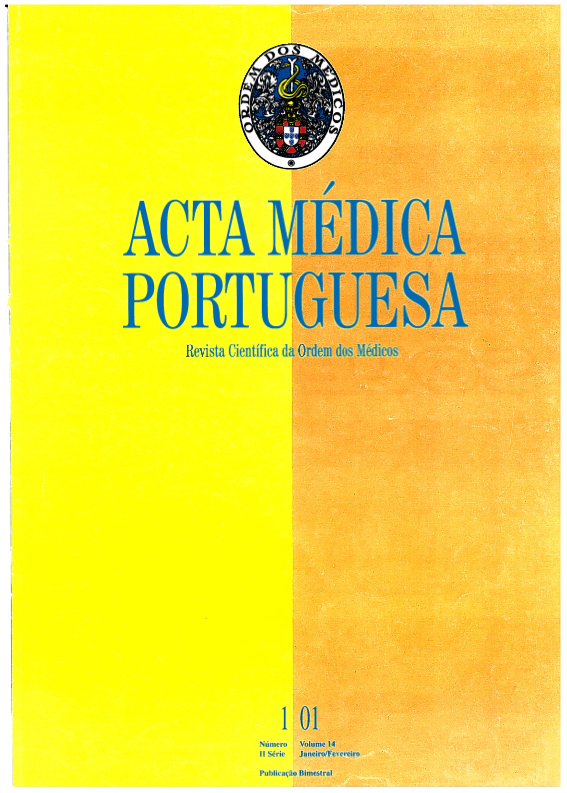Reconstruções tridimensionais cerebrais por Ressonância Magnética. Importância no planeamento neurocirúrgico.
DOI:
https://doi.org/10.20344/amp.1823Resumo
The authors describe their experience with three-dimensional (3D) MRI reconstructions of the cerebral cortex in neurosurgical planning of cortical and subcortical lesions. The majority of the lesions were located on the cerebral hemispheres; there were also few cases of posterior fossa lesions. The authors selected three clinical cases to demonstrate the interest of 3D MRI. The authors describe another image processing method based on the three dimensional models obtained by using Curvilinear Multiplanar Reformatting (CMR) for the identification of subtle focal dysplastic lesions in patients with epilepsy. The advantages and disadvantages of those 3D MRI reconstructions methods are discussed and a comparison with conventional cross-sectional images is mentioned. The main disadvantages are the raw data relative to long acquisition time and the difficulty in sometimes establishing the cleavage plane between the cortex and extra-axial structures (e.g. young patients; lesions with great mass effect; lesions ventrally located in the cerebral lobes). In conclusion, the 3D MRI reconstructions of the cerebral cortex reveal additional information to conventional cross-sectional images and permit a precise location of the lesions. This is essential in some circumstances for neurosurgical planning and strategy, improving neurosurgical performance and patient outcome.Downloads
Downloads
Como Citar
Edição
Secção
Licença
Todos os artigos publicados na AMP são de acesso aberto e cumprem os requisitos das agências de financiamento ou instituições académicas. Relativamente à utilização por terceiros a AMP rege-se pelos termos da licença Creative Commons ‘Atribuição – Uso Não-Comercial – (CC-BY-NC)’.
É da responsabilidade do autor obter permissão para reproduzir figuras, tabelas, etc., de outras publicações. Após a aceitação de um artigo, os autores serão convidados a preencher uma “Declaração de Responsabilidade Autoral e Partilha de Direitos de Autor “(http://www.actamedicaportuguesa.com/info/AMP-NormasPublicacao.pdf) e a “Declaração de Potenciais Conflitos de Interesse” (http://www.icmje.org/conflicts-of-interest) do ICMJE. Será enviado um e-mail ao autor correspondente, confirmando a receção do manuscrito.
Após a publicação, os autores ficam autorizados a disponibilizar os seus artigos em repositórios das suas instituições de origem, desde que mencionem sempre onde foram publicados e de acordo com a licença Creative Commons









